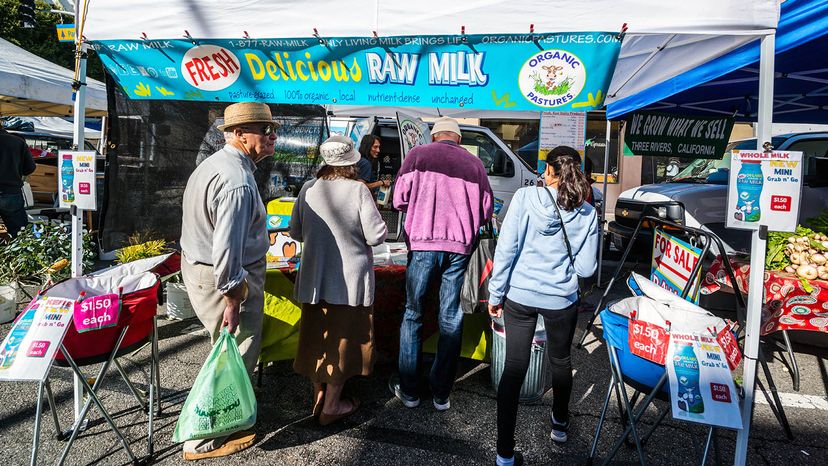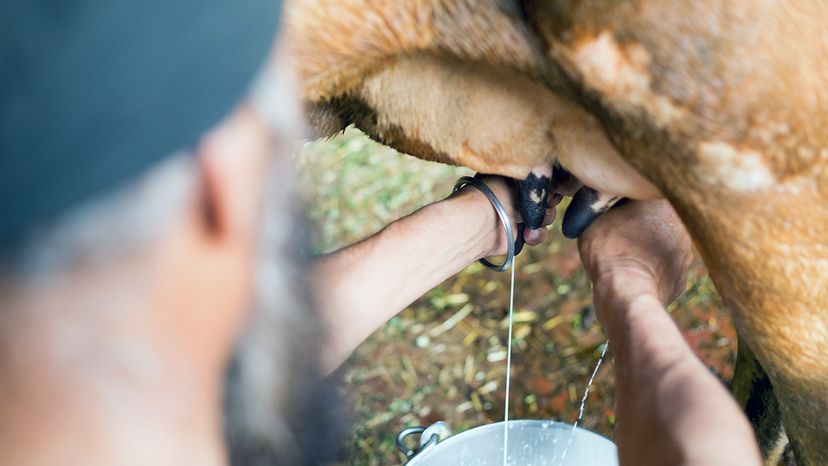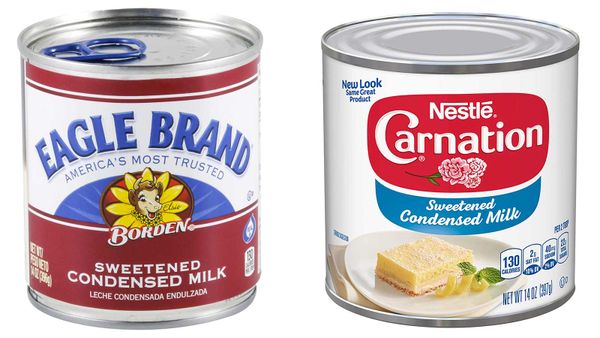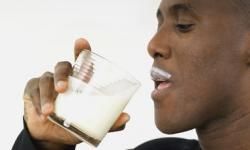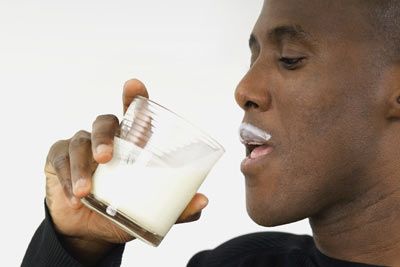Most of the milk (and milk products like ice cream, yogurt and cheese) sold in the United States is pasteurized. Pasteurization kills bacteria present in raw milk by heating it to a specific temperature for a prescribed period. This process, developed in 1864 by Louis Pasteur, helps reduce the threat of many foodborne illnesses, such as tuberculosis, diphtheria and typhoid fever.
Some of the harmful bacteria that can be present in milk include E. coli, listeria, salmonella and campylobacter, all of which can lead to illness, hospitalization and even death. Public health officials consider pasteurization one of the most significant developments when it comes to preventing these types of diseases and deaths.
Pasteurization isn't selective, though: It kills good bacteria along with the bad. That's one of the main arguments in support of raw milk. The U.S. Food and Drug Administration (FDA), the U.S. Centers for Disease Control and Prevention (CDC) and public health officials maintain that most of the nutrition in milk remains intact after pasteurization, and that the benefits of pasteurizing milk outweigh any losses. Raw milk advocates, though, disagree and say that modern pasteurization destroys the valuable health benefits and alters the texture and flavor of milk.
Sally Fallon, the founding president of the Weston A. Price Foundation, the largest U.S. organization in support of raw milk, notes that pasteurization was introduced to make milk safe in the late 19th century, when dairy production became more urban, safe practices were inconsistent and most people didn't have refrigerators. Today's sanitation practices, such as refrigerated tanks and trucks, make milk safer than it was then.
"You could justify pasteurization when milk was produced in the 1880s in inner cities when people didn't have refrigeration and things were very unclean. It doesn't make sense today when we have everything we need to produce milk safely," she says.
